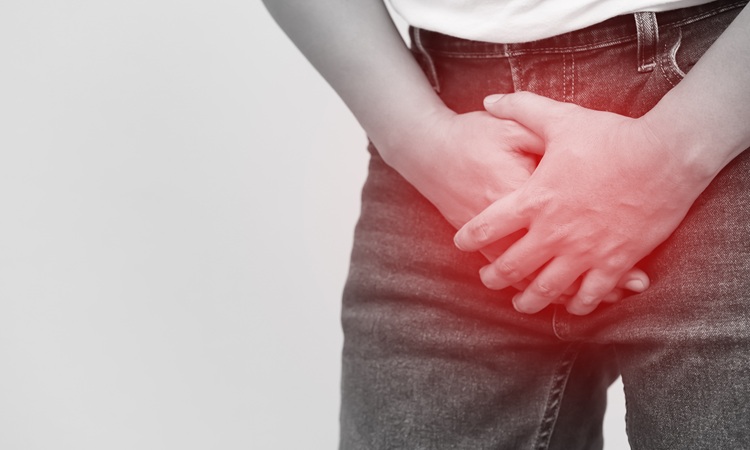Benign Prostatic Hyperplasia Symptoms: 7 Warning Signs Men Shouldn’t Ignore
2025-08-18 / RG STONE HOSPITAL / Enlarged Prostate (BPH)

As men age, certain health issues become more common — and Benign Prostatic Hyperplasia (BPH) is one of them. BPH is a non-cancerous enlargement of the prostate gland, a walnut-sized gland located just below the bladder.
While it’s not life-threatening, ignoring benign prostatic hyperplasia symptoms can lead to complications that affect your urinary health and overall quality of life.
What is Benign Prostatic Hyperplasia?
The prostate surrounds the urethra — the tube that carries urine from the bladder out of the body. In BPH, the prostate gland grows larger, gradually pressing against the urethra and making it harder for urine to pass.
This condition is most common in men over 50, but it can occur earlier. Hormonal changes, aging, and genetic factors all contribute to its development.
Why Early Detection Matters
While BPH itself isn’t cancer, its symptoms can be disruptive, and in severe cases, it can lead to bladder damage, kidney problems, or urinary tract infections. Recognising the early warning signs means you can get treatment before complications arise.
7 Warning Signs of Benign Prostatic Hyperplasia
1. Frequent Urination
One of the most common symptoms of BPH is an increased need to urinate, especially at night (nocturia). This happens because the enlarged prostate puts pressure on the bladder, making it more sensitive.
2. Urgency to Urinate
Men with BPH often experience a sudden, strong urge to urinate that’s difficult to control. This urgency can be inconvenient and disruptive to daily life.
3. Difficulty Starting Urination
A healthy urinary flow starts almost immediately. But with BPH, you may notice a delay or struggle before urine begins to flow due to urethral narrowing.
4. Weak Urine Stream
An enlarged prostate can reduce the strength of the urine stream, causing it to dribble or stop and start rather than flow steadily.
5. Dribbling at the End of Urination
Even after you think you’ve finished urinating, you may experience a few drops of urine leaking. This is another sign that the prostate is affecting bladder control.
6. Incomplete Emptying of the Bladder
You may feel like your bladder isn’t fully empty even after urinating, which can lead to repeated trips to the bathroom.
7. Pain or Discomfort During Urination
While not as common, some men with BPH report a burning sensation or discomfort when urinating, often due to secondary infections or inflammation.
When to See a Doctor
If you notice any of these symptoms, especially if they worsen over time, consult a urologist. Early treatment can:
-
Relieve discomfort.
-
Prevent bladder and kidney damage.
-
Reduce the risk of urinary tract infections.
Treatment Options for BPH
The right treatment depends on symptom severity, age, and overall health. Options include:
-
Lifestyle Changes: Reducing caffeine, alcohol, and evening fluid intake.
-
Medications: To relax prostate muscles or shrink the gland.
-
Minimally Invasive Procedures: Laser therapy, UroLift, or Rez?m.
-
Surgery: For severe cases where other treatments aren’t effective.
Living with BPH
While benign prostatic hyperplasia symptoms can be frustrating, they are manageable. With early diagnosis, the right treatment plan, and healthy lifestyle changes, men can maintain good urinary health and quality of life.
Key takeaway: Don’t ignore urinary changes. They might be the first clue that your prostate needs attention.
Categories
Hernia Repair
Appendicitis
Piles
Urological Treatment
Hernia treatment
Enlarged Prostate (BPH)
Gall Bladder Stone
Urinary / Kidney Stone
Vitamins
Indian Health Care System
Exercise
Obesity
Female Urinary Incontinence
Single Incision Laparoscopic Surgery (SILS)
Kidney Cancer
Bladder Cancer
Ovarian cancer
Nephrology
Bariatric Surgery
Kidney Function Test
Female Urology
Radiation Therapy
Alcoholic Fatty Liver
Liver disease
Gastroenterology
Kidney Disease

